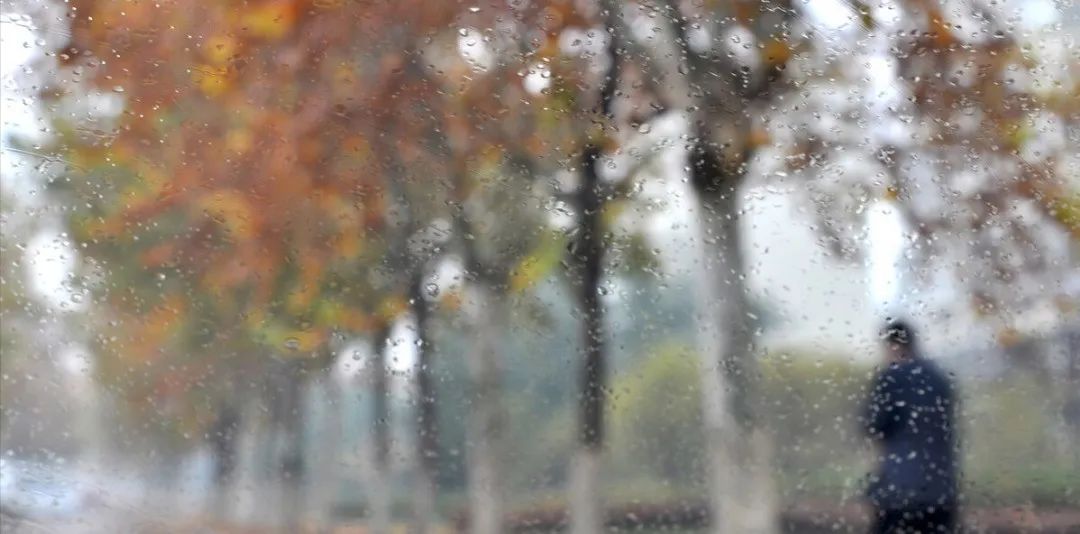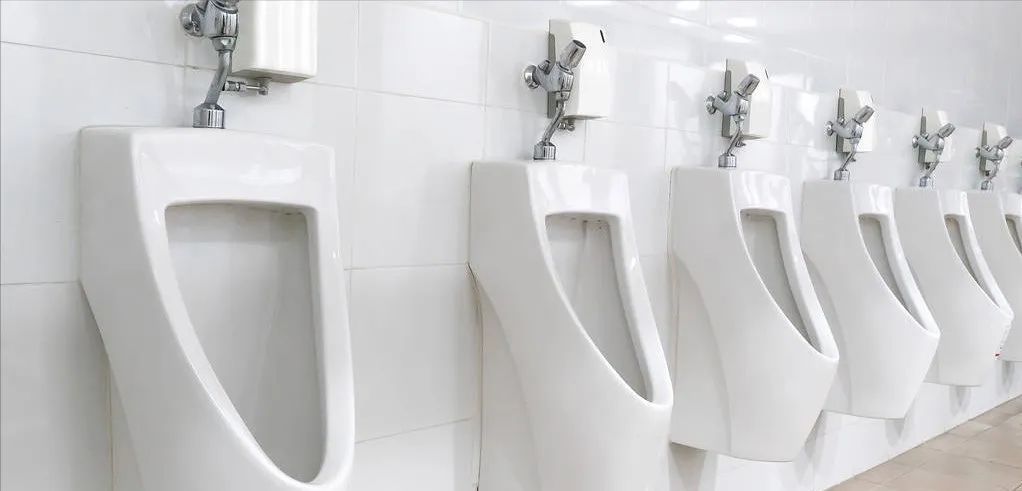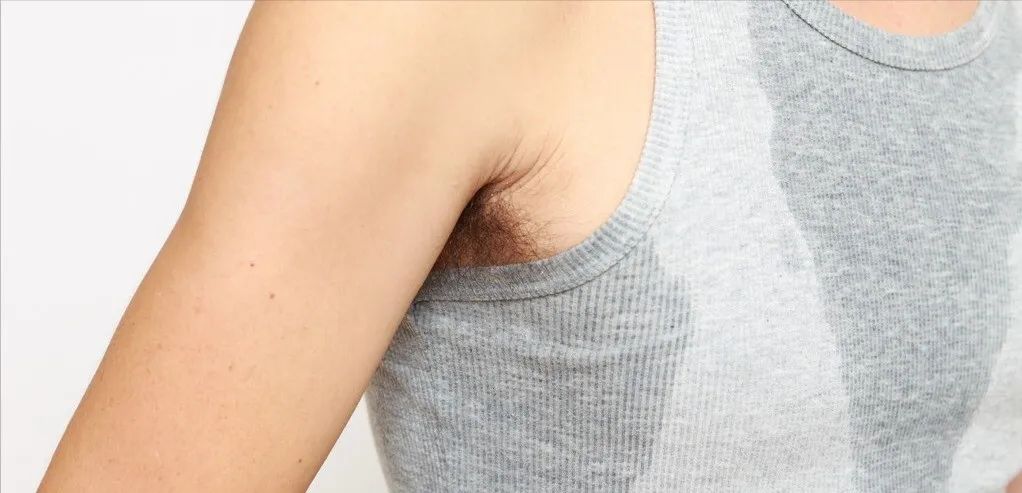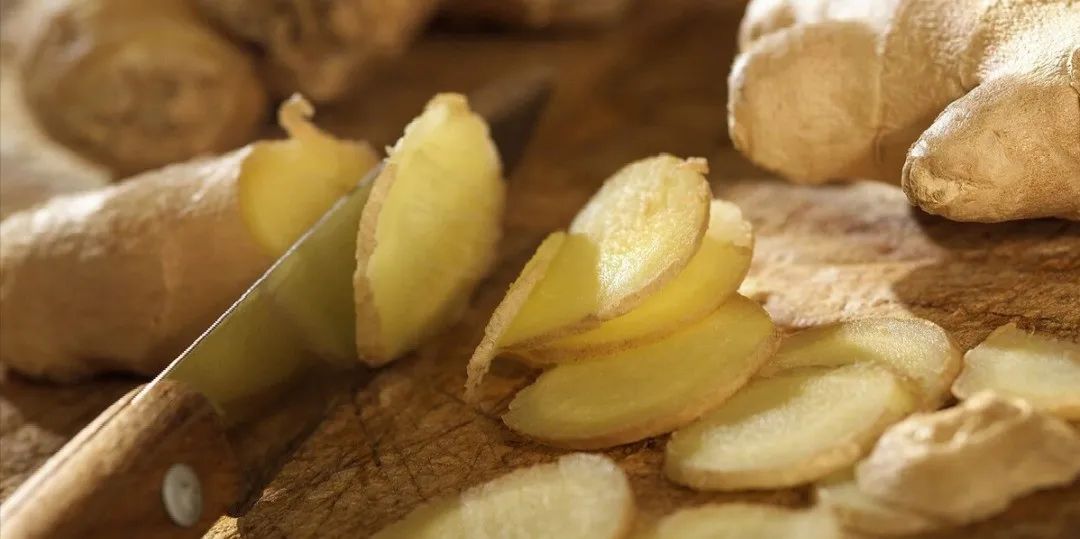Director Han shares health knowledge with you
Click below to follow for free↓↓↓
Since ancient times, among the six evils of wind, cold, heat, summer heat, dampness, and dryness, TCM recognizes dampness as the most troublesome external evil. This is because TCM treats diseases based on the principle of counteracting the corresponding evil: dispelling wind with wind, moistening dryness with moisture, warming cold with heat, and cooling heat with cold. However, dampness easily intertwines with other external evils, such as summer dampness, cold dampness, and damp-heat, making it particularly difficult to manage.
Therefore, regarding the elimination of dampness, TCM has gradually developed five different methods, namely, li shi (promoting dampness elimination), shen shi (permeating dampness), zao shi (drying dampness), feng sheng shi (wind overcoming dampness), and fang xiang hua shi (aromatic transformation of dampness). Today, I will vividly explain the merits of each of these five methods.

Li Shi
When we mention li shi, many may not understand what it means, but when paired with diuresis, it becomes clearer. In simple terms, it refers to using dampness-eliminating herbs to transform the dampness in the body into urine for excretion, making it one of the simplest and most direct methods of dampness elimination.
Representative herbs for li shi include Fu Ling (Poria), Chao Yi Mi (Fried Job’s Tears), and He Ye (Lotus Leaf).

2. Shen Shi
Just like trying to wring out a wet towel, li shi can only squeeze out the surface moisture, but some moisture remains inside the towel. What should we do then? At this point, TCM introduces a new direction—shen shi.
What does this mean? It means hanging the damp towel in the sun to dry slowly, allowing the moisture to evaporate to achieve complete dampness elimination. Translated to the human body, it means allowing the dampness within us to gradually seep out, such as through sweating.
Thus, TCM begins to utilize some sweating-inducing herbs to allow the dampness within the body to transform into sweat and seep out through the skin. However, this method requires a high level of professional skill; excessive use of sweating herbs can easily lead to internal fluid deficiency, triggering a series of deficiency-related diseases.

3. Zao Shi
Each of li shi and shen shi has its pros and cons, so TCM begins to shift its thinking. If we don’t want the towel to dry out completely or become damaged, what if we place it on a stove to dry it appropriately? This idea is what we call zao shi.
Zao shi refers to the use of warm and hot properties (similar to a stove) in herbs, such as Sheng Jiang (Fresh Ginger) and Chen Pi (Dried Tangerine Peel), to evaporate the dampness within the body. However, this method is quite similar to shen shi; excessive use can easily harm Yin and lead to Yin deficiency-related diseases.

4. Feng Sheng Shi
Upon seeing the term feng sheng shi, clever readers should realize that if the towel cannot be dried in the sun or baked, it can be air-dried. Even using a hairdryer on a cool setting will eventually dry the hair. But how can this theory be applied to the human body?
At this point, TCM targets the liver. In TCM’s theory of the five elements, the liver belongs to wood (wind), while the spleen belongs to earth (dampness). Wood can restrain earth, so by soothing the liver and relieving stagnation, regulating Qi, and harmonizing the middle, we can also achieve the goal of dampness elimination.
Representative herbs for feng sheng shi include Chen Pi (Dried Tangerine Peel) and Sha Ren (Amomum Fruit).

5. Fang Xiang Hua Shi
Similar to the idea of feng sheng shi, fang xiang hua shi focuses on tonifying the spleen rather than directly targeting dampness. It improves spleen and stomach weakness through herbs, helping the spleen to function normally and ascend clear Qi. When the spleen and stomach operate normally, dampness or phlegm-dampness will not accumulate in any part of the body, thus preventing the manifestation of symptoms related to excess dampness.
Representative herbs for this method include the well-known Huo Xiang Zheng Qi Shui (Agastache Qi Rectifying Water). Additionally, there are Cang Zhu (Atractylodes), Pei Lan (Eupatorium), Sha Ren (Amomum Fruit), Bai Dou Kou (White Cardamom), and Cao Guo (Tsaoko).

However, the above five methods only address the symptoms and not the root cause. Therefore, the most crucial step in eliminating dampness is to cut off the source of dampness. The Huang Di Nei Jing (Yellow Emperor’s Inner Canon) clearly states that excess dampness in the body often originates from spleen and stomach weakness, which is why TCM practitioners often prioritize treating the spleen when diagnosing diseases.
Moreover, many patients have complex conditions, often accompanied by some underlying chronic diseases. In such cases, one should not self-medicate but should seek treatment under the guidance of a local physician.
Old Ye shares health knowledge with you
Click below to follow for free↓↓↓
Note:Some text and image resources in this article are sourced from the internet. The purpose of reprinting this article is to convey more information. If there are any errors in source attribution or infringement of your legal rights, please notify us immediately, and we will delete it promptly and apologize to you.
Previous Reviews
-
Lower Jiao Damp-Heat? Using Long Dan Xie Gan Wan (Gentiana Liver-Drain Pill) repeatedly? Here’s a tip on how to use it correctly.
-
What are the manifestations of damp-heat constitution? What is it related to? How to improve it?

